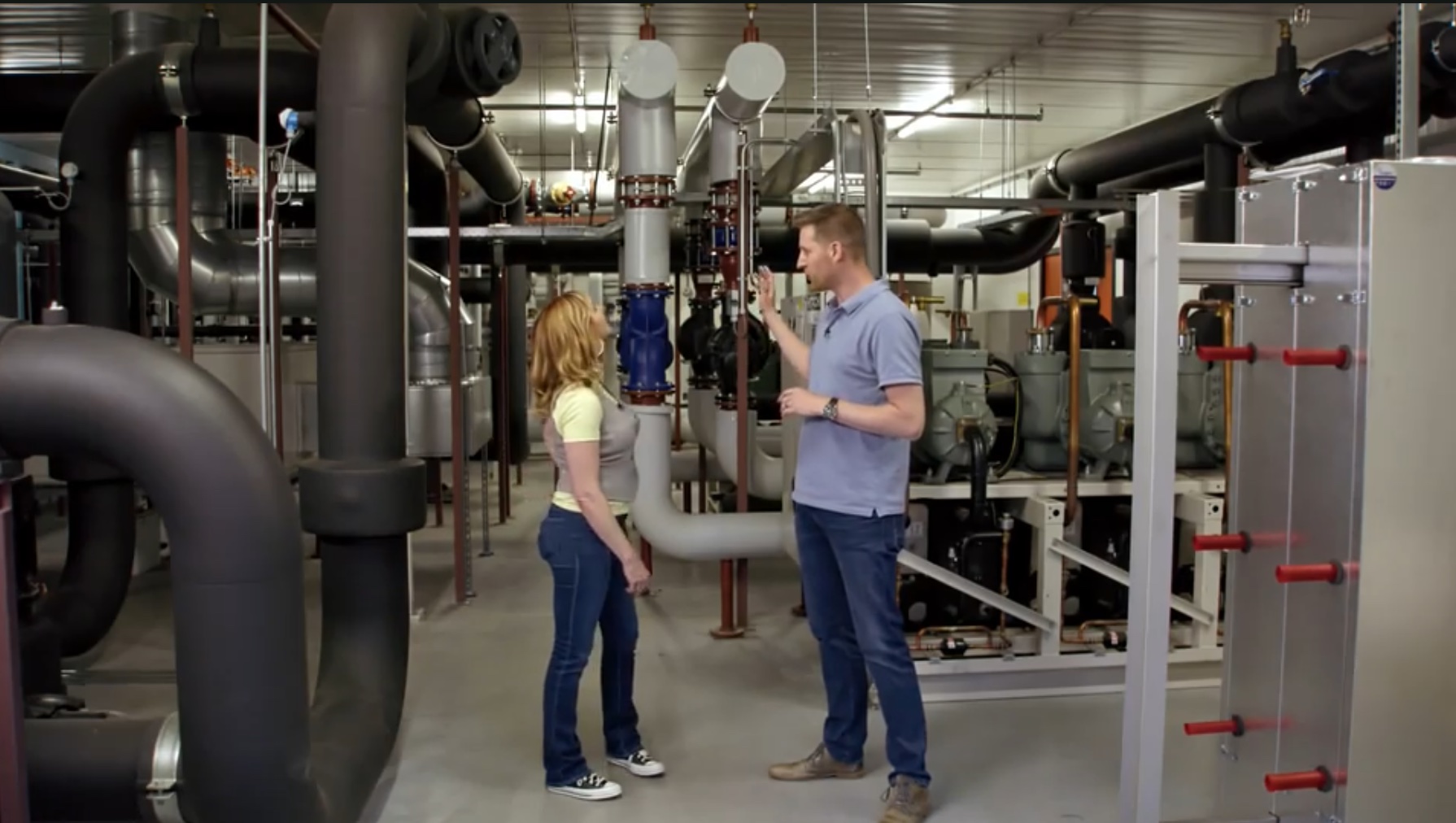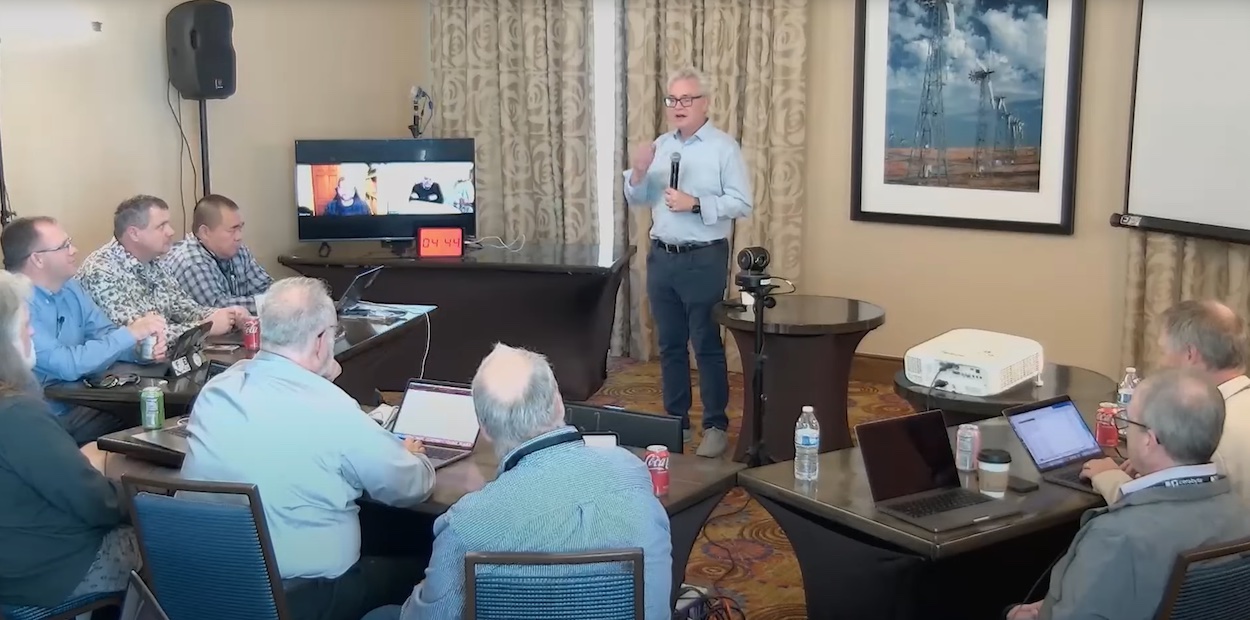The sustainability race looks a lot different today than when it started. Companies have moved on from hollow posturing to taking meaningful actions to curb environmental impacts. Connected technology has unlocked new avenues to accelerate corporate sustainability practices. At the recent Mobility Field Day event, we had the opportunity to chat about this with delegate and networking veteran, Troy Martin whose one of many interests is sustainable IoT.
LoRaWAN for Low-Power Connectivity
The question that’s lately been in everybody’s minds is how we can leave behind a healthy habitable planet for the future generations. LoRaWAN has been a positive force on that front. It’s a technology that has underlined many sustainability discussions. Short for low-power, wide-area networking, LoRaWAN is a networking protocol to wirelessly connect end devices to the internet and enable bidirectional communication.
Founded by Cycleo, a startup company in France, LoRaWAN uses Chirp Spread Spectrum or CSS modulation, a communication technique used in aviation and maritime for signaling.
LoRaWAN has gained significant traction, and adoption has started to blossom in certain industries. “LoRaWAN is used in a lot of different applications and offers a lot more benefits than you see in traditional wireless technologies like Wi-Fi. One of the things that it is actively engaging in is the agricultural space, in tracking and trending the amount of moisture in the soil, monitoring wind velocities, sunlight hours, etc. All this data gives users predictability into the yields come harvest season,” says Martin.
Ultra-Long Range
A number of other compelling use cases have emerged from the growing LoRaWAN ecosystem. Unlike Wi-Fi that offers high bandwidth connectivity over low range, LoRaWan can provide coverage of 6 to 12 miles. The longest recorded LoRaWAN coverage is a distance of 830 miles off the coasts of Portugal. This has set a world record.
The long range is key to overcoming a vital Wi-Fi challenge. “With Wi-Fi technology, you typically build a mesh on the perimeters of the fields. It can be difficult to deploy sensors out in the fields, power them, and gain connectivity for the power consuming Wi-Fi access points,” points out Martin.
LoRaWAN provides the perfect alternative. When combined with low-energy sensors, users can collect data from far into the fields and backhaul it to a centralized database for analysis.
Leaning into this, a lot of networking hardware manufacturers including giants like Cisco, have started building low-power LoRaWAN-enabled devices with lifespans ranging from 5 years to up to a decade. The gateways and sensors are hardened to function in challenging and open environments – smart cities, industry floors, mines, power grids, and so on.

Regional Parameters
But there are tradeoffs. LoRaWAN has significantly lower bandwidth compared to wireless technologies like Wi-Fi. As of now, LoRaWAN network’s throughput is roughly tens of kilobits. Martin does not recommend it for production type of deployments. However, it is important to note that even though this kind of throughput is not enough to push video and image feeds, it is perfectly sufficient for transmitting sensor data.
“We’re able to perfectly monitor things like open or closed doors, get temperature updates from a thermostat, or do local processing of information on-site and then sending highly optimized packet or payload across LoRaWAN networks,” he explains.
This makes IoT projects like building management, cattle tracking, smart irrigation, parking and asset tracking the ideal applications for LoRaWAN networks.
But at IoT’s scale, we are talking hundreds and thousands of endpoints and devices. How does a network of its throughput hold up to the demand? LoRaWAN can support considerably large networks of sensors, depending on where in the world it is. Because LoRaWAN uses low radio frequencies over long distances, it has to comply to certain regional parameters based on country-specific restrictions. For example, in North America, it operates on 915 MHz Frequency Band Channels, whereas in Europe, it runs on EU868.
Countries also have caps on airtime. “There are regulatory limits that prevent you from consuming too much airtime. After a certain amount of time, you have to stop talking and give another device chance to transmit,” elaborates Martin. “But there’s no limit necessarily on the amount of data that could be transmitted as long as those pauses are taken.”
To give you an example, Europe allows airtime of 36 seconds every 60 minutes. In the US, that is 400 milliseconds only for signal bandwidths south of 500 kHz. The spreading factor of LoRaWAN controls the rates and speeds of transmission. Lower spreading factors equal smaller frame sizes and higher transmission rates, whereas higher spreading factors mean reduced transmission rates.
Contrary to how people tend to see it, this is not necessarily a limiting factor. In fact, it offsets some of the latency enabling users to enjoy the highest network speeds possible. The Things Network offers a LoRaWAN airtime calculator that provides the precise airtime of a LoRa frame. This helps users determine the spreading factors and save battery life and reduce gateway utilization.
With its presence kicking off worldwide, is there a possibility that LoRaWAN will rival technologies like Wi-Fi or 5G? As of today, LoRaWAN is better suited for industrial, agricultural and IoT deployments. Its key competitors are in the carrier space, says Martin, that offer equivalent connectivity at range.
Wrapping Up
Sustainability has found a firm footing in not just discussions, but also in strategies and policies of organizations. LoRaWAN plays a leading role in driving a sustainable IoT ecosystem. It has opened ways to apply technology at an atomic level in tech-averse industries, and facilitate new discoveries.
Listen to the full interview from Mobility Field Day event, and check out The Things Network website to learn about LoRaWAN specifications. For a more hands-on experience, the Wireless LAN Professionals Conference in February will conduct a LoRaWAN bootcamp for attendees where you can learn how to build the LoRaWAN network with Raspberry Pi, and LoRaWAN gateways.




